3 Anatomy of a CC Licence
When someone says that a work is “under Creative Commons” or is “CC licensed,” what they mean is that the work carries a Creative Commons licence. There are six to choose from, and they all have different terms and conditions for use. Let’s talk about the differences between these licences, what the terms are for each licence, and how to choose the right one for your purposes.
The Creative Commons Licences at Work

My organization, BCcampus, is a small but mighty entity funded by the British Columbia Ministry of Advanced Education and Skills Training. Our mandate is to support post-secondary institutions in the province of British Columbia, Canada, as they “evolve their teaching and learning practices to create a better experience for students.”
One way that we do this is by offering a collection of openly licensed teaching and learning resources called the B.C. Open Collection, which contains textbooks, course packs, test banks, and more. Every item in this collection carries either a Creative Commons licence or a different open licence. With few exceptions, most works in the collection carry licences that allow teachers to make changes so that they can customize materials to their individual contexts. Thanks to Creative Commons licences, BCcampus can effectively serve teachers and learners in our province, Canada, and the world at large.
The Three Layers of a Creative Commons Licence

Before we talk about the differences between Creative Commons licences, let’s talk about their similarities. Each Creative Commons licence is made up of three different layers that cater to different users. These layers are:
- Legal code. This is the legally enforceable agreement that authors and users are bound by when a Creative Commons licence is in play. Lawyers would be most likely to use this layer. For an example, see the legal code of the CC BY-NC licence.
- Human-readable summary. This layer explains in plain language what a user is legally allowed to do with a CC-licensed work. Most people will look to this layer when trying to understand a CC licence and link to this layer when writing an attribution statement. For an example, see the human-readable summary of the CC BY-NC licence.
- Machine-readable licence. This layer is designed to efficiently communicate to different kinds of software what a Creative Commons licence allows a person to do. For more information about this, read about CC Rights Expression Language.[1]
The Six Creative Commons Licences
Creative Commons provides six different open licences that anyone may apply to their works. From least to most restrictive, they are:
| Licence | Abbreviated Name and Link | Licence Button |
|---|---|---|
| Creative Commons Attribution | CC BY |  |
| Creative Commons Attribution-ShareAlike | CC BY-SA |  |
| Creative Commons Attribution-NonCommercial | CC BY-NC |  |
| Creative Commons Attribution-NonCommercial-ShareAlike | CC BY-NC-SA |  |
| Creative Commons Attribution-NoDerivatives | CC BY-ND |  |
| Creative Commons Attribution-NonCommercial-NoDerivatives | CC BY-NC-ND |  |
The Four Licence Elements
Each of the six Creative Commons licences is based on a combination of four distinct licence elements: Attribution (BY), ShareAlike (SA), NonCommercial (NC), and NoDerivatives (ND). None of the licences use all four elements, but all use at least one. Each element is symbolized by a little icon, all of which can be seen below.
Licence names can look like random strings of letters if you don’t know what they stand for: understanding what each element is will help you to distinguish between licences seen in the wild.
BY (Attribution)
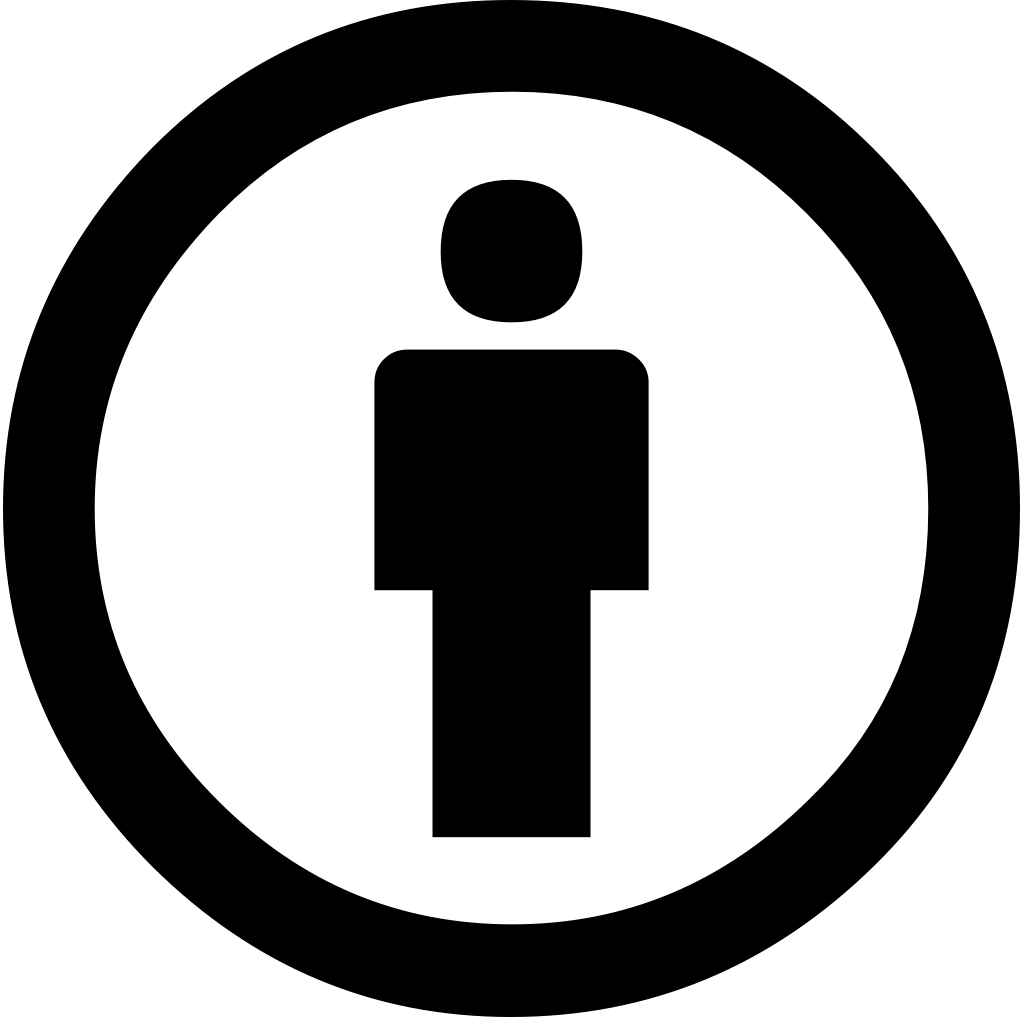
All six Creative Commons licences contain the BY (Attribution) element, which stipulates that anyone who uses a CC-licensed work must attribute the author. The icon for the BY element is a person, to remind the user that they must attribute the person who created the work.
The purpose of attribution is to give credit and thanks to the author who generously shared their work with the world for free. To those who may be interested in using the work, it also acts as a clear signpost that says, “Hey! Come and get it right here!”
A good attribution statement follows TASL (pronounced “tassel”):
- Title of the work
- Author of the work (and possibly a link to where they may be found on the internet, such as a personal website or Wikipedia or Flickr profile)
- Source of the work
- Licence of the work (and a link to the licence summary)
If you scroll to the bottom of this chapter in the web book, you will see an attribution statement that says:
Creative Commons Certificate by Arianna Cheveldave is licensed under a Creative Commons Attribution 4.0 International License, except where otherwise noted.
Anyone who reused this work, such as by incorporating part of it into their own work, would be obligated to attribute me, the author, by displaying this statement or one like it.
SA (ShareAlike)
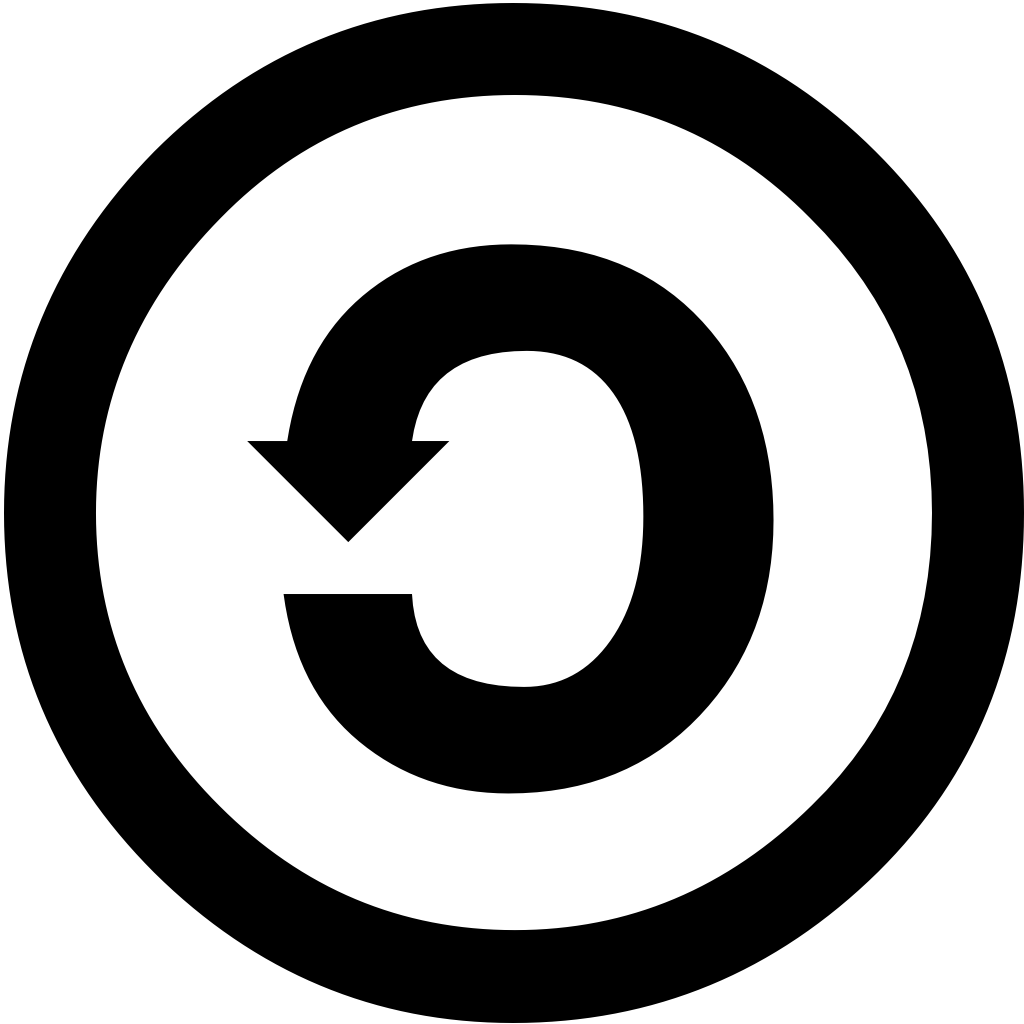
Two Creative Commons licences contain the SA (ShareAlike) element, which states that anyone who creates a new work derived from a work that carries a licence with an SA element is required to share their new work under the same licence as the original work (or an equivalent licence). The icon for the SA element is a circular arrow to indicate that what goes around, comes around, and that derivative works must be shared alike to the original.
The purpose of the SA element is to secure further contributions to the commons. Remixers of SA works are required to release their derivative works back to the commons under a CC licence instead of simply taking what they want from the commons and keeping their derivative works for their own personal profit.
Here is a CC BY-SA image that I found using Openverse:

I can edit this image, like so:
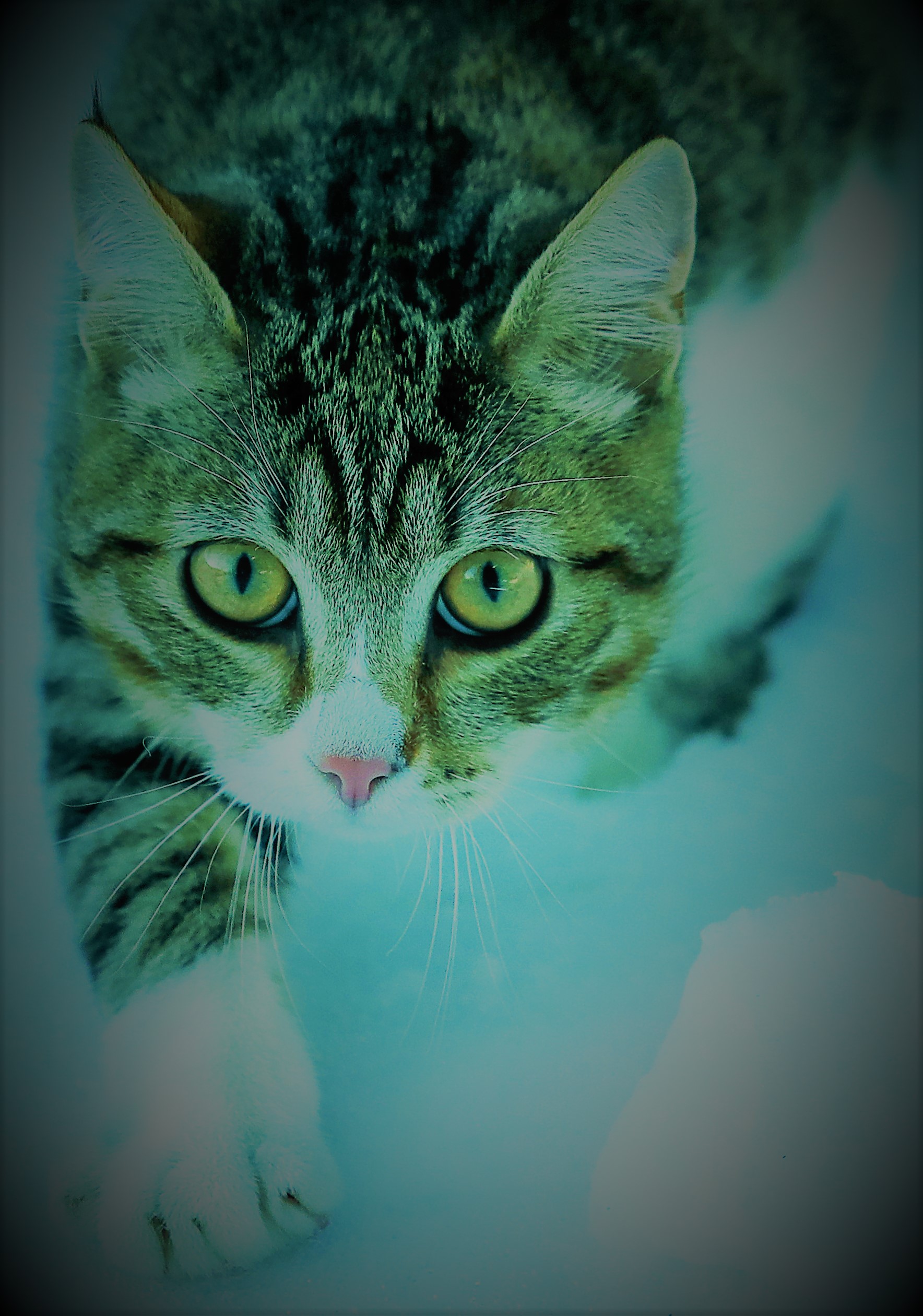
To fulfil the terms of the SA element, my adapted image must also carry a CC BY-SA licence. The BY element requires me to specify if any changes were made to the original, which I have also done.
NC (NonCommercial)
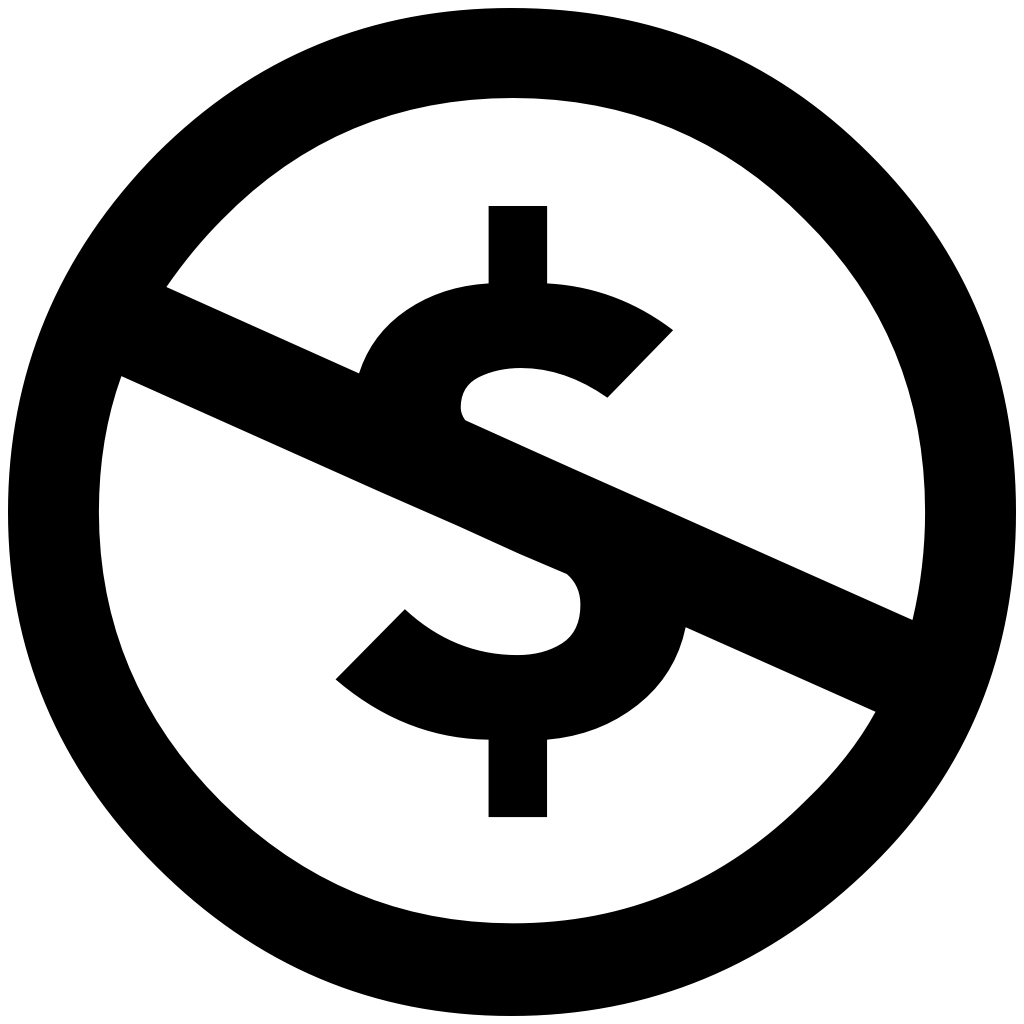
Three Creative Commons licences carry the NC (NonCommercial) element, which states that the licensed work cannot be used for purposes “primarily intended for or directed towards commercial advantage or monetary compensation.”[2] The icon for the NC element is a crossed-out currency symbol to signify that no money may be made using this work.
The wording of the legal code allows for the fact that many activities can be indirectly for commercial purposes.[3] It is up to the user to determine if their use is primarily for monetary compensation.
An author may choose to apply a licence with an NC element to their work if they dislike the idea of someone profiting from a work that they have shared freely with the commons. Perhaps the work was made using contributions from people from marginalized groups, and the author wants to protect their collaborators from commercial exploitation. Perhaps the work is very personally significant to the author, and they themselves don’t want to be commercially exploited. Whatever the reason behind its use, the NC element of a Creative Commons licence must be respected when present.
ND (NoDerivatives)
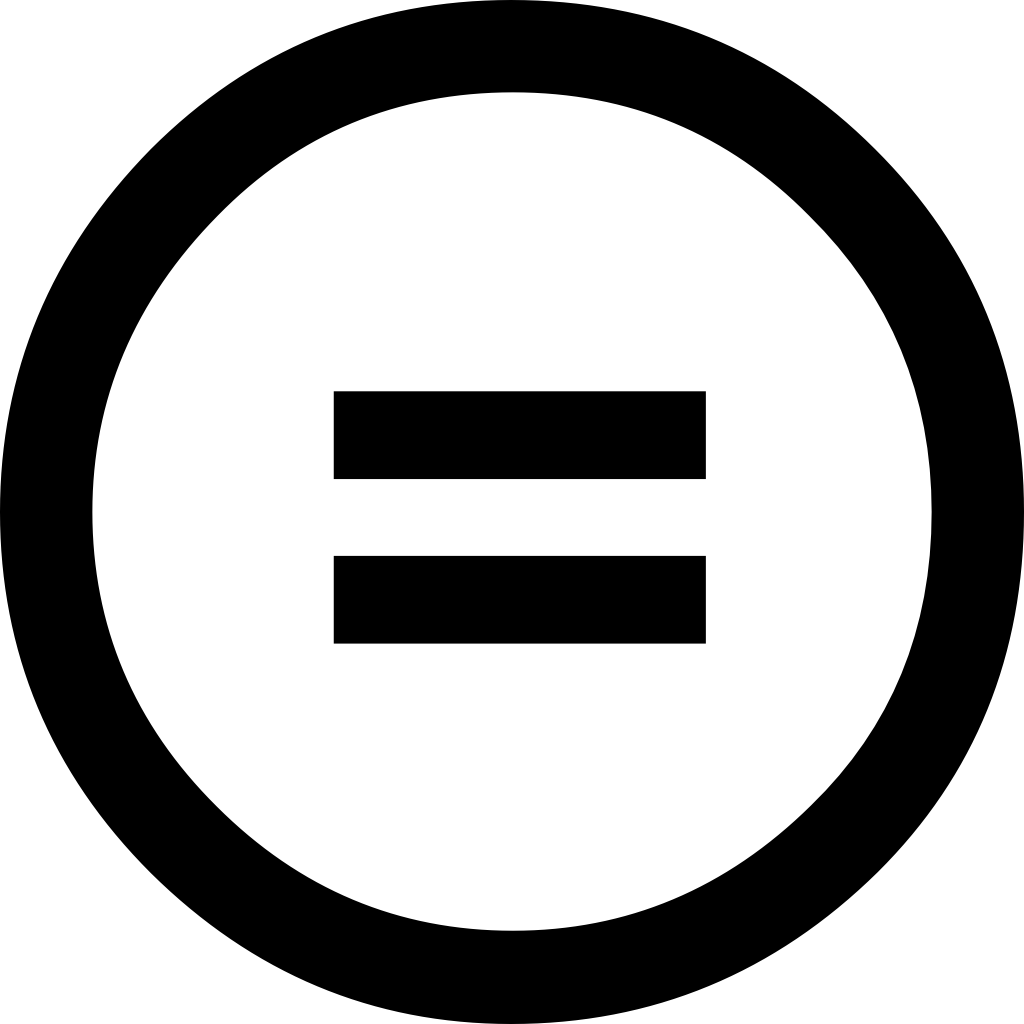
Two Creative Commons licences carry the NoDerivatives (ND) element, which states that no adaptations of the licensed work may be shared. The icon for the ND element is an equals sign to indicate that any copy of the work that is shared with others must be equal to the original and not modified.
You could adapt an ND work for your own personal use (for example, editing a medical brochure to include your own comments and understanding of the subject), but you would not be allowed to share that adaptation with anyone. This extends to both public and private audiences: it would be as much of a violation of the licence to share an adaptation with your work colleagues on Teams as your Twitter followers.
Note that not every change is legally an adaptation. For example, correcting minor spelling and grammar errors in a book that carries a CC BY-ND licence and then sharing the edited copy would be permitted. Likewise, printing out a PDF of that same book would be legal, as shifting from digital to physical formats does not count as adapting.[4] For more information on what is considered an adaptation, see “When is my use considered an adaptation?” on the Creative Commons website.
Public Domain Tools
Cousins to the six Creative Commons licences are the two public domain tools distributed by Creative Commons. They are:
The CC0 Public Domain Dedication Mark (also known as the CC0 mark) is a legal tool that authors can use to release their works to the public domain immediately instead of making people wait until copyright expires. An author can apply a CC0 mark to something they have made. In this way, the CC0 mark is similar to the Creative Commons licences. The primary (and very important difference) is that authors who apply Creative Commons licences share their works openly while also retaining copyright, whereas authors who use the CC0 mark relinquish their copyright entirely.
In contrast, the Public Domain Mark has no legal effect and cannot add something to the public domain. Instead, it merely serves to indicate to potential users that there are no known copyright restrictions on this work, such as when a work is very old or was made by U.S. government employees. The Public Domain Mark is like a label on something in your kitchen: a label that says “flour” cannot suddenly fill a cannister with flour, but it can tell others where it may be found.
As you are not required to attribute the author of anything in the public domain, you don’t need to use the public domain mark on anything whose copyright has expired, but it can be useful information for others to have. Attributing the source of a work that is not under copyright (either through CC0 or falling into the public domain some other way) helps others to know what works are available for them to use freely.
How Exceptions and Limitations to Copyright Affect CC-licensed Works
Creative Commons licences apply wherever copyright applies. Therefore, wherever copyright does not apply, Creative Commons licences also do not apply.
If a use would be permitted under an exception or limitation to copyright (such as a fair dealing exception in Canada), then you wouldn’t need to rely on a CC licence for your use. For example, when writing a review of a book, you would be permitted to include excerpts from the book under the protection of fair dealing. So if you were reviewing an openly licensed book, you wouldn’t need to provide an attribution statement for quotes from the book: fair dealing or a similar exception would cover it.
You would also not need to rely on a Creative Commons licence to legally share a link to a CC-licensed video or article, as copyright does not regulate either reading or watching.[5]
Media Attributions
According to Creative Commons Policies, “you do not need our permission to use the license buttons and icons, public domain dedication marks, and other trademarks for descriptive use (e.g., to describe CC licensing in explanatory materials).” This applies to all licence buttons, licence icons, etc., used in this chapter.
- “3.1 License Design and Terminology” by Creative Commons. CC BY 4.0. ↵
- Creative Commons. 2013. Attribution-NonCommercial 4.0 International legal code, section 1i. ↵
- Creative Commons Wiki. “NonCommerical interpretation.” Last edited October 15, 2017 ↵
- “3.3 License Types” by Creative Commons. CC BY 4.0. ↵
- “3.2 License Scope” by Creative Commons. CC BY 4.0. ↵

